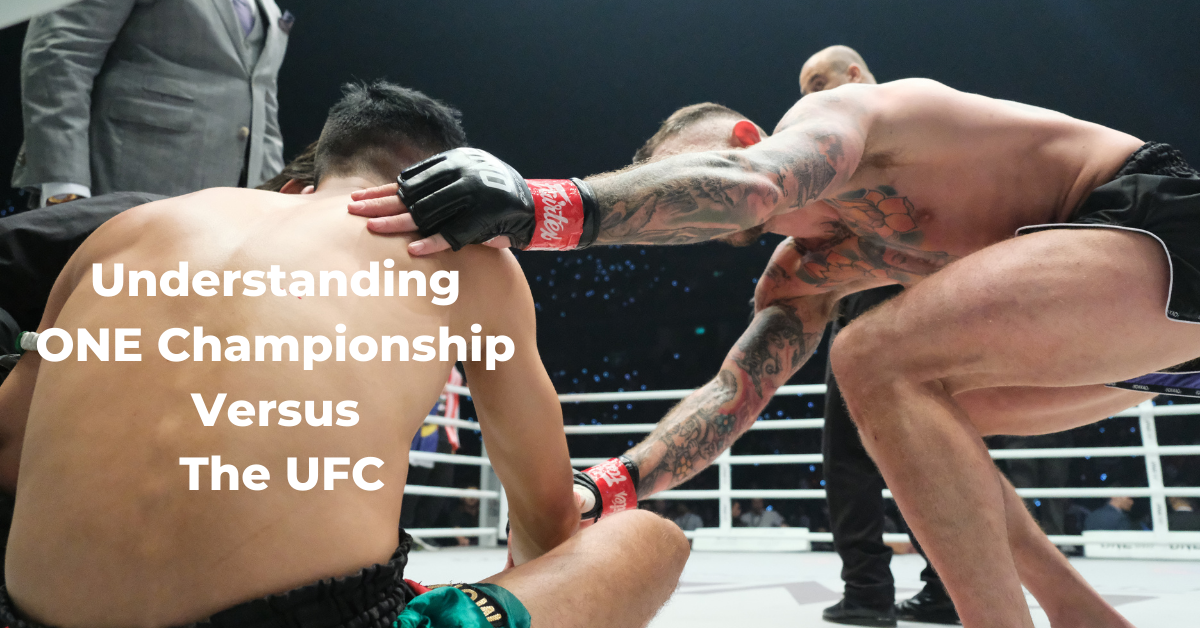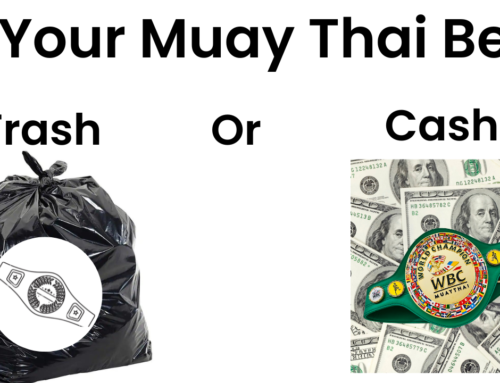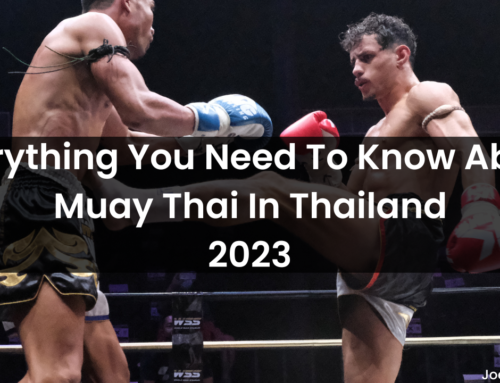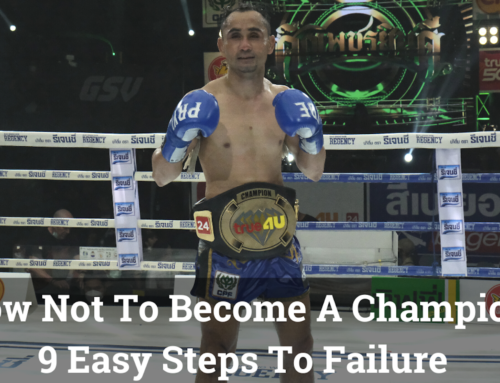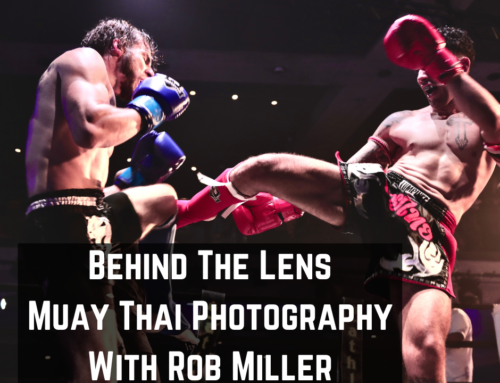Understanding ONE Championship Part 3 of 3
For Part 1 Click Here
For Part 2 Click Here
Background On The UFC
The UFC first began in 1993 as an unregulated sport. It worked off the Pay Per View model. UFC 1 was broadcast to 80,000 households at $14.00 for revenue of of $1,199,200 before ticket sales. Due to political pressure, the organization introduced weight classes and codified rules in 2000. By that time the UFC was in financial dire straits until investors Frank III and Lorenzo Fertitta stepped in.
Buoyed by the injection of cash from the new investors, the UFC was able to bear with more financial hardships until the reality television show, The Ultimate Fighter, aired. The show helped inform and entertain fans of the sport as fighters put it all on the line. Its finale peaked at 12 million viewers.
It turned the company around and in 2007 the UFC took in $250 million in revenue. That is 14 years after its founding that the company finally “made it.”
Like ONE Championship the UFC is not just a fight promotion. It is a media conglomerate. President of the company Dana White has said it clearly.
“We are becoming a lot more than a fight promotion company; we are becoming a media company all over the world,” White said.
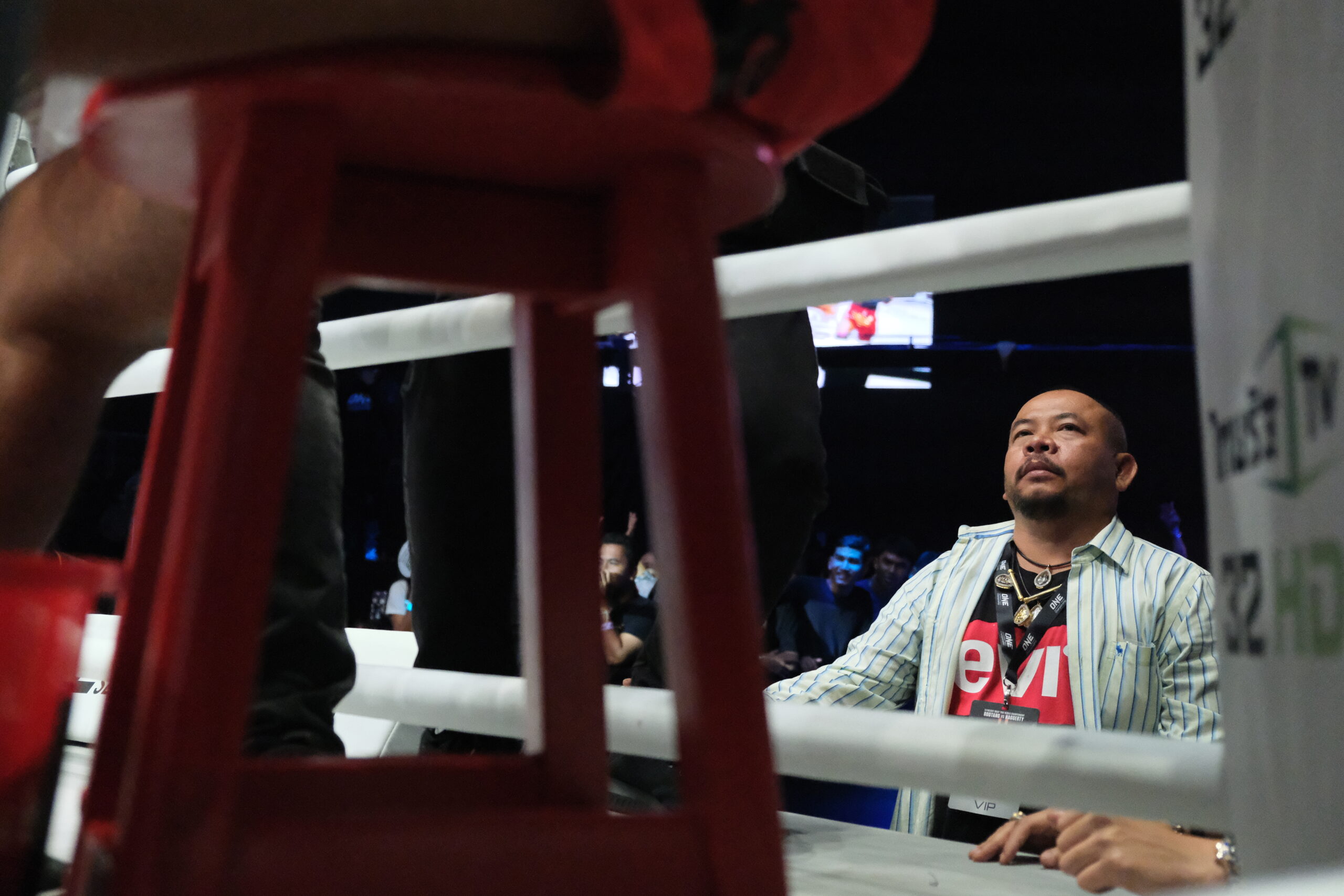
The Duopoly
It is hard not to compare the UFC to ONE Championship. The two are ostensibly the largest promotions in their respective hemisphere.
“UFC controls an 80% market share of the western hemisphere, but ONE Championship controls 90% of the market share in the Eastern hemisphere,” Chatri Sityodtong has said.
But comparing the UFC to ONE Championship is comparing apples to oranges. While both have some similar products, they are both entertainment/media entities based around fighting, they dramatically differ in values and market.
ONE Championship is deeply rooted in Asia and promotes many typically “Asian” values such as respect, honor, the importance of family, etc. While these values appear in the west they are not highlighted to the same degree for promotions like the UFC.
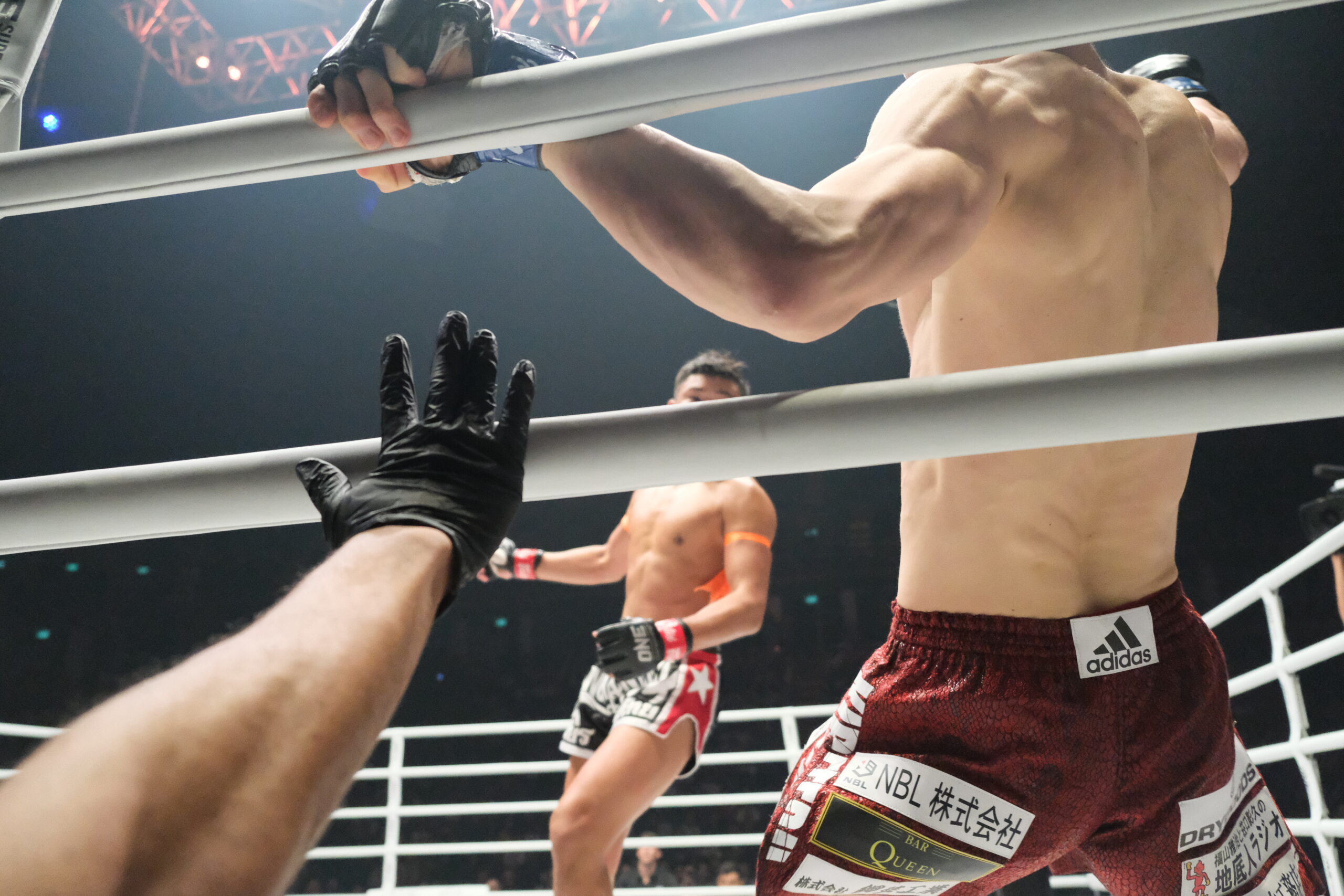
Marketing The UFC
The marketing between the two companies is very different as well. The UFC relies heavily on the pay per view model. This has come in handy when gate sales are irrelevant due to COVID 19.
“One thing that has worked in the UFC’s favor is a pay per view model that allows the promotion to generate income from selling televised events to armchair viewers,” Rob Cox said in an article for Asian MMA.
The pay per view model is in heavy assault from the forces of technology. Preserving content behind paywalls is difficult, especially in the age of live streamers.
However, companies like Netflix and Amazon have created solid paywall/subscription models. Amazon in particular has a strong position as it can sell ads based directly on viewership. However, neither platform deals with live sports in the same way the UFC or ONE Championship does.
Ultimately the pay per view model is becoming a hard sell. Customers must know intimately what they are paying for it to have value. This means a lot of unpaid or free content to inform the audience. This can come in the form of informational blogs, free fights, or television adverts. It requires a strong infrastructure of support to sway public opinion into a purchase.
The pricing must also be right. Organizations must either target individual buyers or hope that buyers will group to pony up for the Pay Per View.
ONE Championship has decided to put their content aired in North America and other western countries behind a paywall. Prices for to view the shows remains relatively low. Online streaming service Fite has aired several of ONE Championship’s cards already.
The pricing for the shows remains relatively low at $9.99. Pay Per View prices for UFC events costs above $60.
Time To Turn A Profit
It is worth considering the amount of time that the UFC took to become profitable when comparing to ONE Championship. The Asian organization, reported by Josh Nash, hasn’t turned a profit yet but it is still in its growth stages.
The UFC was founded nearly twenty years ago, and it is only the last six years that it has become profitable. ONE Championship is only nine years old and it is in the last two to three years that it is expanded dramatically.
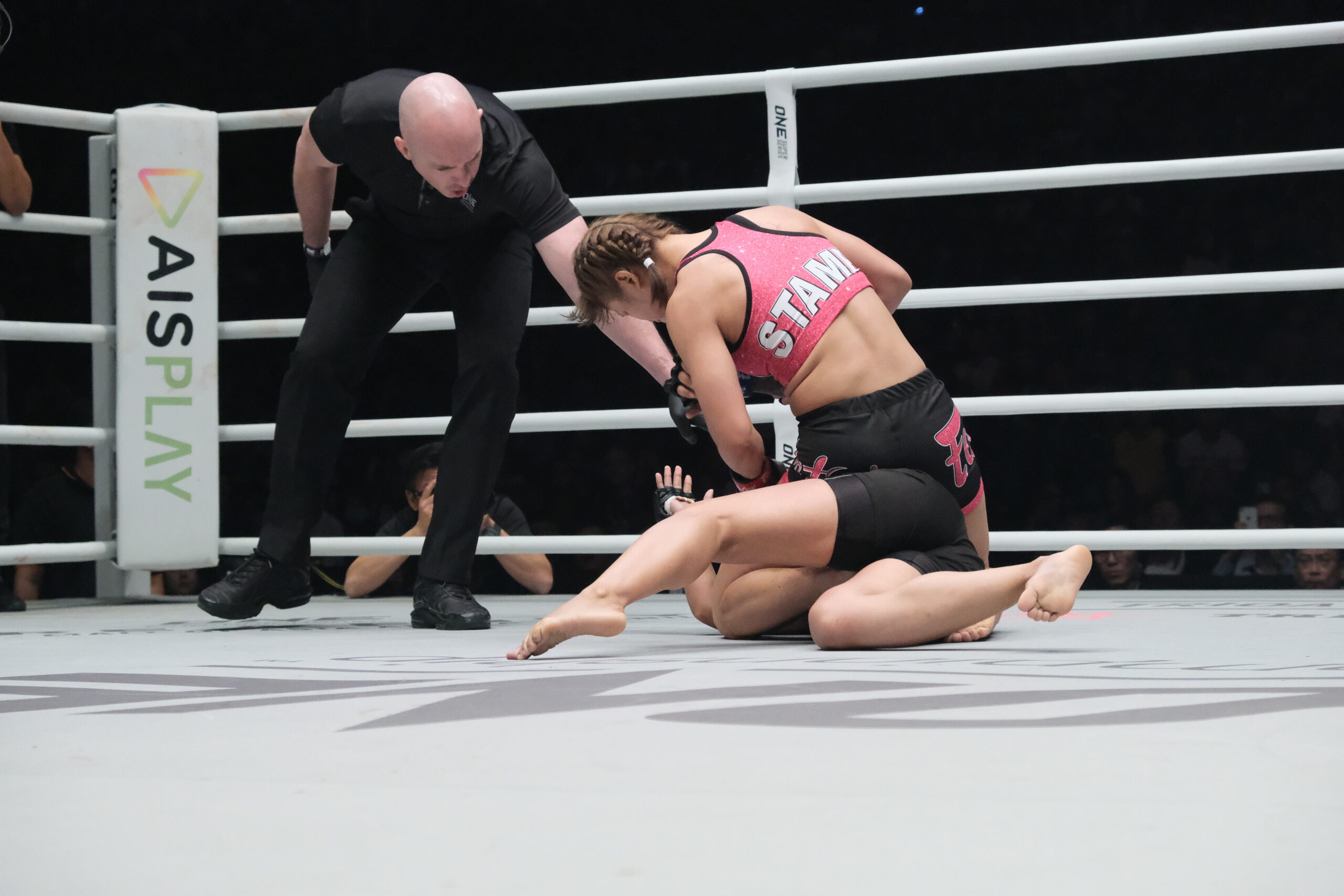
Questions And Answers
As a new promotion ONE Championship has created new questions. Can Muay Thai survive and thrive on the global stage? Are female strikers worth watching? Can Thai fighters adapt to a new entertainment format? Can ONE Championship grow fighters, fans, and the business of the sport?
The answers to these questions are still up in the air. But ONE Championship has provided solid replies to two pivotal questions for fans and athletes.
For fans, the important question is will ONE Championship create entertaining matchups?
The organization has answered that question with a solid yes. Every card has had riveting bouts.
Petchmorakot Petchyindee vs Georgio Petrosyan. Rodtang Jitmuangnon vs Jonathan Haggerty. Stamp Fairtex vs Janet Todd. Wondergirl Fairtex vs KC Carlos. Sean Clancy vs Pongsiri PK Saenchai Muay Thai Gym.
The second question is for athletes. Is ONE Championship creating more opportunities and better pay for fighters?
Again that is a yes. Bigger stages, more exposures, and heftier paydays for all Muay Thai athletes is a new norm. ONE Championship has risen the bar of professionalism and pay.
At the end of the day does ONE Championship have our attention? Yes.
Brought to you by: On Fighting In Thailand: A Guide To The Sport In The Motherland

